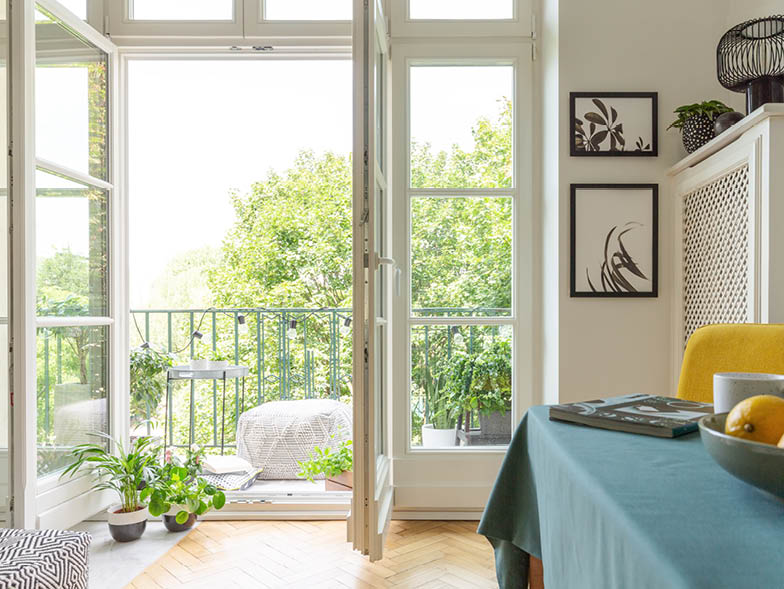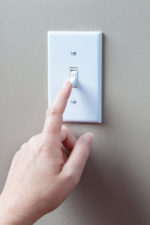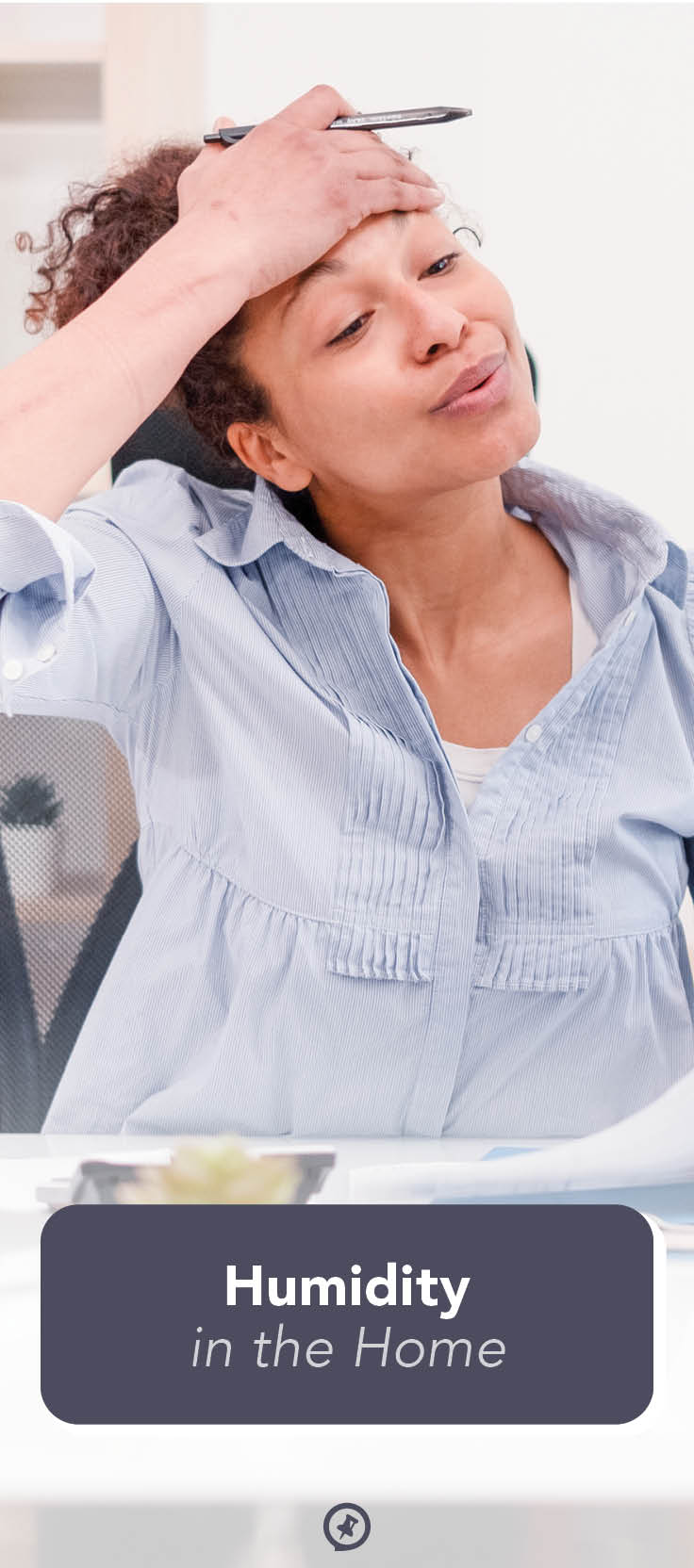Humidity in the Home
“It’s not the heat; it’s the humidity.”
You’ve undoubtedly heard this saying before, especially during sweltering summer days, when, on top of the blazing sun, the outdoor air is suffocatingly thick. At times like this, being outdoors can be unbearable, if not downright dangerous.
However, people never seem to apply the same axiom while inside their homes. Nonetheless, if your interior’s humidity levels are out of whack, it can cause significant problems to both your health and your home’s health.

Humidity, relatively speaking
To understand this challenge, you first need to understand its terminology. Absolute humidity is self-explanatory: how much water is in the air. In contrast, relative humidity is a percentage that indicates how much moisture exists relative to the maximum possible. So, for example, if your attic and master bathroom have the same absolute humidity, the relative humidity would be higher in the latter because it’s a much smaller area.
But how much is too much? Experts generally agree that relative humidity should be kept below 60 percent, with the Environmental Protection Agency saying that 30 to 50 percent is ideal.

Problems and solutions
You can usually sense when there’s a humidity problem in your home because your clothes and skin may feel sticky, especially when you try to sleep, or you may notice that your windows are fogging up. Even worse, some people have difficulty breathing oversaturated air, which is also a breeding ground for mold and dust mites.
In addition, high humidity can harm your home and its contents. It can cause wood rot and warping, flooring issues, and other structural problems and even damage electronics.
Fortunately, there are some simple ways to help remedy this issue:
- Consider purchasing a hygrometer, a commonly used tool that keeps constant tabs on a room’s relative humidity; many also monitor the temperature.
- Keep dampness out by making sure your windows are properly sealed and that you don’t have any leaking pipes anywhere.
- Use your air conditioner, which is designed to remove humidity while providing that wonderfully cool air, and keep it working efficiently by regularly replacing its filters.
- Get a dehumidifier. As the name suggests, this machine’s primary purpose is to make your air less dense with water. There are two primary types to consider: a whole-house version that gets attached to your HVAC system and a portable model, which is typically used in a basement.
- Vent it out. Hot showers are a great source of humidity—even pushing the bathroom toward 100 percent—so if you have an exhaust vent, use it both during and after showering until the percentage ebbs. (Or just take cooler showers.) The same tip holds true for cooking in your kitchen and doing laundry.
- Air it out. After summer fades and cooler, less humid autumn air returns, take advantage of the changing seasons by opening your windows to naturally dehumidify your home.

Don’t overdo it
You may think, Great! As long as I keep my home’s humidity low, my problem’s solved. Not so fast—too little indoor humidity, which tends to happen more often during cooler months, can also cause problems for both people and property. Serious health reactions, such as difficulty breathing or sleeping, can result along with other issues such as dry skin. Similarly, your home can experience warping and shrinking of its wood, drywall, paint, caulk, and wallpaper if the relative humidity is too low. Reversing course on the aforementioned tips can help: purchase a humidifier, or allow shower and cooking steam to add moisture to the air.
People love to escape to their homes to take shelter from summer’s sweltering heat and oppressive humidity. However, don’t forget to take steps to ensure that the excess stickiness stays where it belongs: outdoors.


















